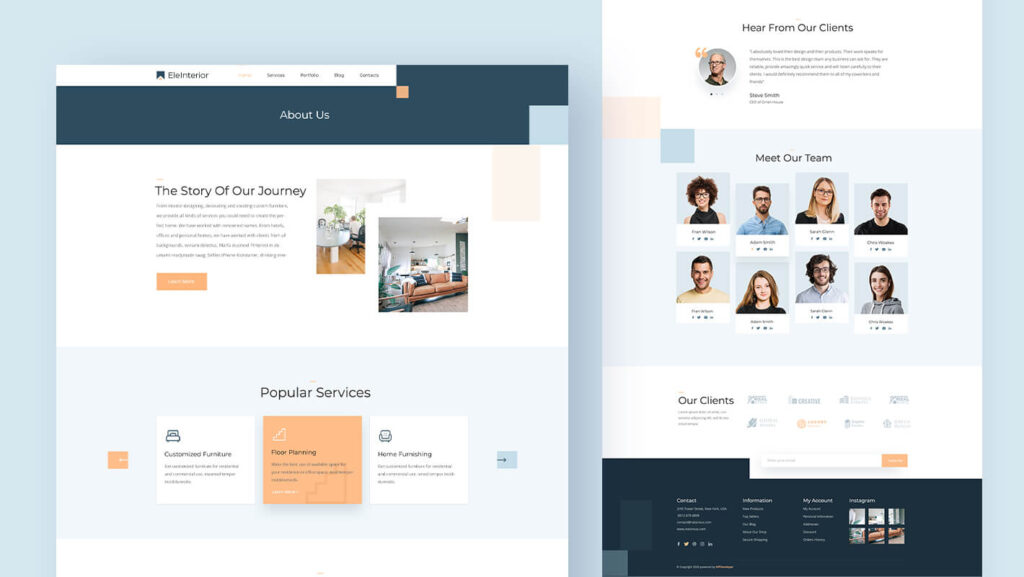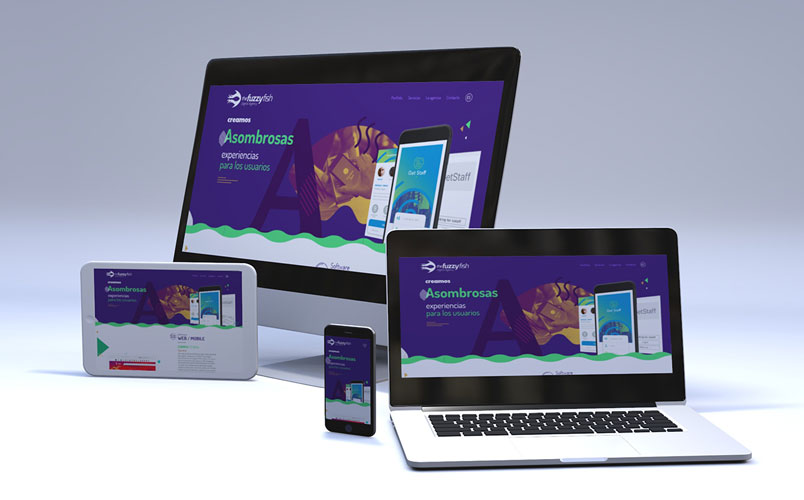In today’s digital age, having a website for your restaurant is essential. A well-designed website can attract new customers, showcase your menu, and provide important information such as location and hours of operation. In this article, we will discuss how to design a website for a restaurant that is not only visually appealing but also user-friendly and functional.
Define Your Goals
Before you start designing your website, it is important to clearly define your goals. What do you want your website to achieve? Are you looking to increase online reservations, showcase your menu, or promote special events? By determining your goals upfront, you can better tailor your website to meet your specific needs.
Choose a Domain Name
The first step in designing a website for your restaurant is choosing a domain name. Your domain name should be easy to remember, related to your restaurant’s name, and reflect the type of cuisine you offer. For example, if your restaurant is called “Tasty Tacos,” your domain name could be www.tastytacos.com.
Create a Responsive Design
In today’s mobile-first world, it is essential that your website is responsive and works well on all devices, including smartphones, tablets, and desktop computers. A responsive design ensures that your website looks good and functions properly regardless of the device your visitors are using.
Focus on Visuals
One of the most important aspects of designing a website for a restaurant is the visuals. High-quality images of your food, restaurant interior, and staff can help create an enticing and immersive experience for your visitors. Consider hiring a professional photographer to capture high-quality photos that showcase your restaurant in the best light.
Showcase Your Menu
Your menu is one of the most important aspects of your restaurant’s website. Make sure to prominently display your menu on your homepage and make it easy to navigate. Include detailed descriptions of each dish, pricing, and any special dietary information. Consider using photos of your dishes to entice visitors to try them.
Provide Contact Information
Make it easy for visitors to contact your restaurant by providing clear and up-to-date contact information on your website. Include your phone number, email address, and physical address, as well as a contact form for online inquiries. Consider adding a map with directions to your restaurant to make it easy for visitors to find you.
Incorporate Online Reservations
If your restaurant accepts online reservations, make it easy for visitors to book a table directly from your website. Include a reservation widget that allows visitors to select the date, time, and number of guests, and submit their reservation request. Integrating an online reservation system can help streamline the booking process and increase customer satisfaction.
Highlight Special Events and Promotions
Use your website to promote special events, promotions, and holiday menus. Create a section on your homepage dedicated to upcoming events, such as wine tastings, live music nights, or holiday specials. Consider adding a blog or news section where you can post updates and announcements about your restaurant.
Optimize for SEO
To attract more visitors to your website, it is important to optimize your site for search engines. Include relevant keywords in your website content, meta tags, and image alt text to improve your search engine rankings. Consider creating blog posts or articles that showcase your restaurant’s expertise and engage with your audience.
Test and Iterate
Once you have designed your restaurant’s website, it is important to test it on different devices and browsers to ensure that it functions properly. Solicit feedback from friends, family, and customers to identify any issues or areas for improvement. Continuously iterate on your website design to ensure that it remains fresh, relevant, and engaging for your visitors.
Conclusion
Designing a website for a restaurant requires careful planning, attention to detail, and a focus on providing a great user experience. By following the tips outlined in this article, you can create a visually appealing, user-friendly, and functional website that attracts new customers, showcases your menu, and promotes your restaurant’s brand. Invest time and effort in designing your website, and it will pay off in increased visibility, bookings, and customer satisfaction.


